Review of Born on a Blue Day
Inside the Extraordinary Mind of an Autistic Savant
by Daniel Tammet
read by Simon Vance
Tantor Media, 2007. 6 CDs, 6.5 hours.
Lately I’ve gotten hooked on listening to nonfiction. It’s a little bit easier to stop listening when I get to work (most of the time), and there’s something about driving that makes it a good time to access the part of my brain that stores facts. (That may not be a scientific description, but that’s how it feels.)
Born on a Blue Day tells the story of person with a brain that stores facts much differently than mine. Daniel Tammet is on the high-functioning end of the autistic spectrum, and he has amazing powers of memory. He has recited the digits of pi to more than 20,000 places, and can learn a new language in one week. He proved this in a televised experiment with Icelandic and after studying the language one week, appeared on several Icelandic television and radio shows, speaking in the native language.
Part of the trick to Daniel’s memory is that numbers have a specific shape, color and personality to him. Primes look different than other numbers, and when he multiplies two numbers, he can see the answer by the process their shapes use to combine. He learned all those digits of pi by simply learning the “landscape” — the view as the numbers passed by, which to his mind’s eye was exceptionally beautiful.
He also sees letters and words as having distinct shapes and colors. This helps him learn words in new languages, because he associates the word and its meaning with how the word looks to him.
This book is the story of Daniel Tammet’s life. His prodigious mental feats are a sideline of the story. The focus is on how he grew up and coped with being so different. He is proud to now be living independently with his partner, making a living, and even traveling all over the world and raising money for charities to help people with neurological disorders.
This book is both fascinating and inspiring. I’m not sure that many other autistic savants could articulate the way they see the world so clearly and beautifully.
I was also delighted to discover the reader was Simon Vance, who also narrates the Temeraire books. In this book, there were no characters to distinguish between, since it’s all told from Daniel Tammet’s perspective. But I’m getting quite a crush on Simon Vance’s voice. He’s a treat to listen to.
Find this review on Sonderbooks at: www.sonderbooks.com/Nonfiction/born_on_a_blue_day.html
Disclosure: I am an Amazon Affiliate, and will earn a small percentage if you order a book on Amazon after clicking through from my site.
Source: This review is based on a library audiobook from the Fairfax County Public Library.
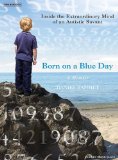
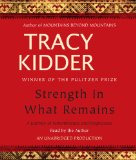

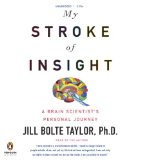
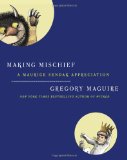
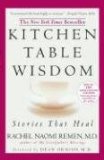
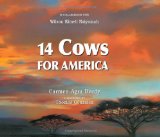
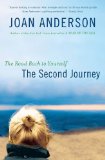

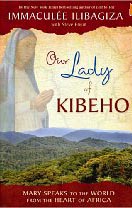 Our Lady of Kibeho
Our Lady of Kibeho